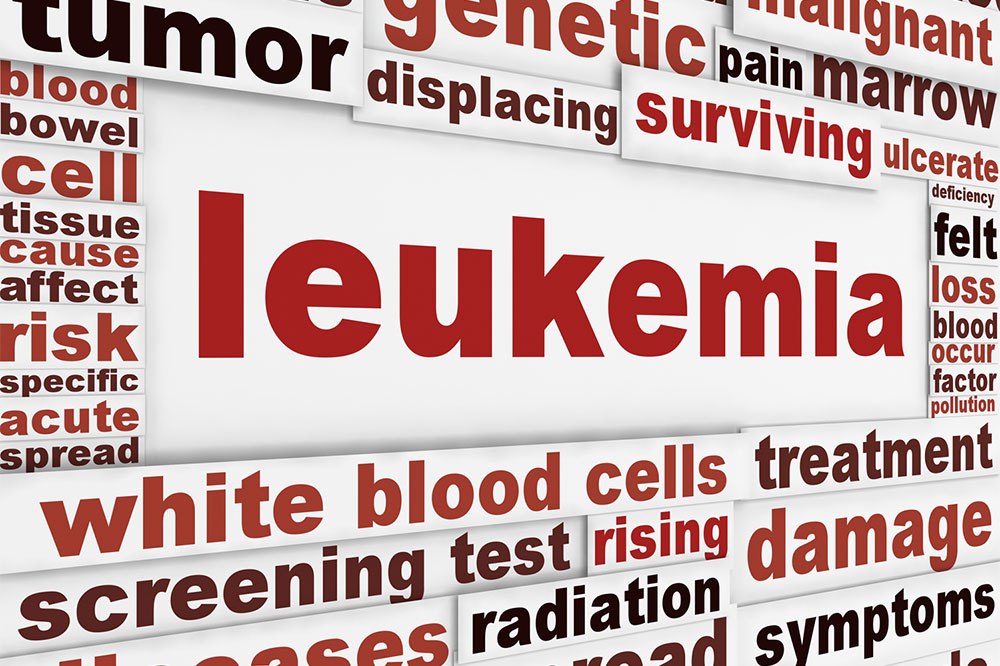A Guide to Leukemia: Types, Causes, and Treatments
This article provides an overview of leukemia, highlighting its causes, main types, affected populations, and available treatments. It emphasizes the importance of early diagnosis and advanced therapies like chemotherapy, radiation, and stem cell transplants, offering insights for patients and caregivers. Leukemia remains a significant health concern with various subtypes requiring personalized management strategies.

Leukemia, a blood cancer affecting thousands annually, is projected to cause over 24,000 deaths this year in the U.S. It originates from abnormal growth of blood stem cells, including myeloid and lymphoid lineages, leading to excessive production of blast cells that hinder normal blood function. Main types include lymphoblastic and myelogenous leukemia, with subtypes such as ALL, AML, CLL, and CML. Pediatric cases are common with ALL, while CLL mostly affects seniors. Treatments range from chemotherapy to stem cell transplants, tailored to each leukemia type.


